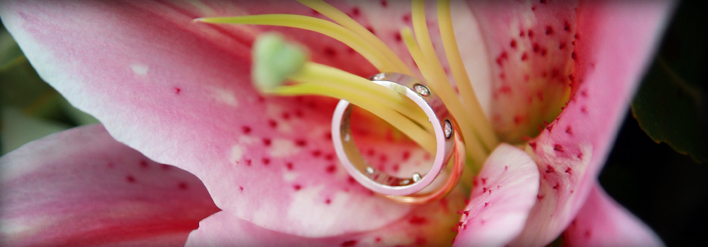
The Wedding Cake Tradition
Tue, 9 Jul 2013

During Medieval times in England, a wedding tradition started that led towards our modern history of the wedding cake. Guests would pile up sweet buns on a table in front of the couple at their equivalent of a wedding reception. Then all of the guests would hold their breath in anticipation as the couple leaned over the pile to try to kiss. If they were successful, the wedding was considered blessed with good fortune.
These cakes were the start of the white wedding cake and continued into the Victorian era. The Victorians believed the white of the cake symbolized the bride’s purity. They were made that way for simplicity reasons. The expensive refined sugar needed for the white icing on these cakes also made them a sign of prosperity.
Today, wedding cakes come in all different shapes, sizes and colours. Common motifs on the cakes include doves, flowers, and rings which symbolise faith, good luck and prosperity. Western tradition dictates that the bride and the groom must be the first to cut the cake with a ceremonial knife, which symbolizes togetherness.
A portion of the cake is often stored for future significant events like the first wedding anniversary of the couple or even to celebrate the birth of their first child. Some may not be aware of this, but it is also a tradition that portions of the cake must be taken home or sent to other invited people who did not make it in the celebration.
In recent time, cupcakes have been used instead of the formal tiered wedding cake and become a wonderful individual presentation to the guests.
Tags: Wedding Cake, Tradition


